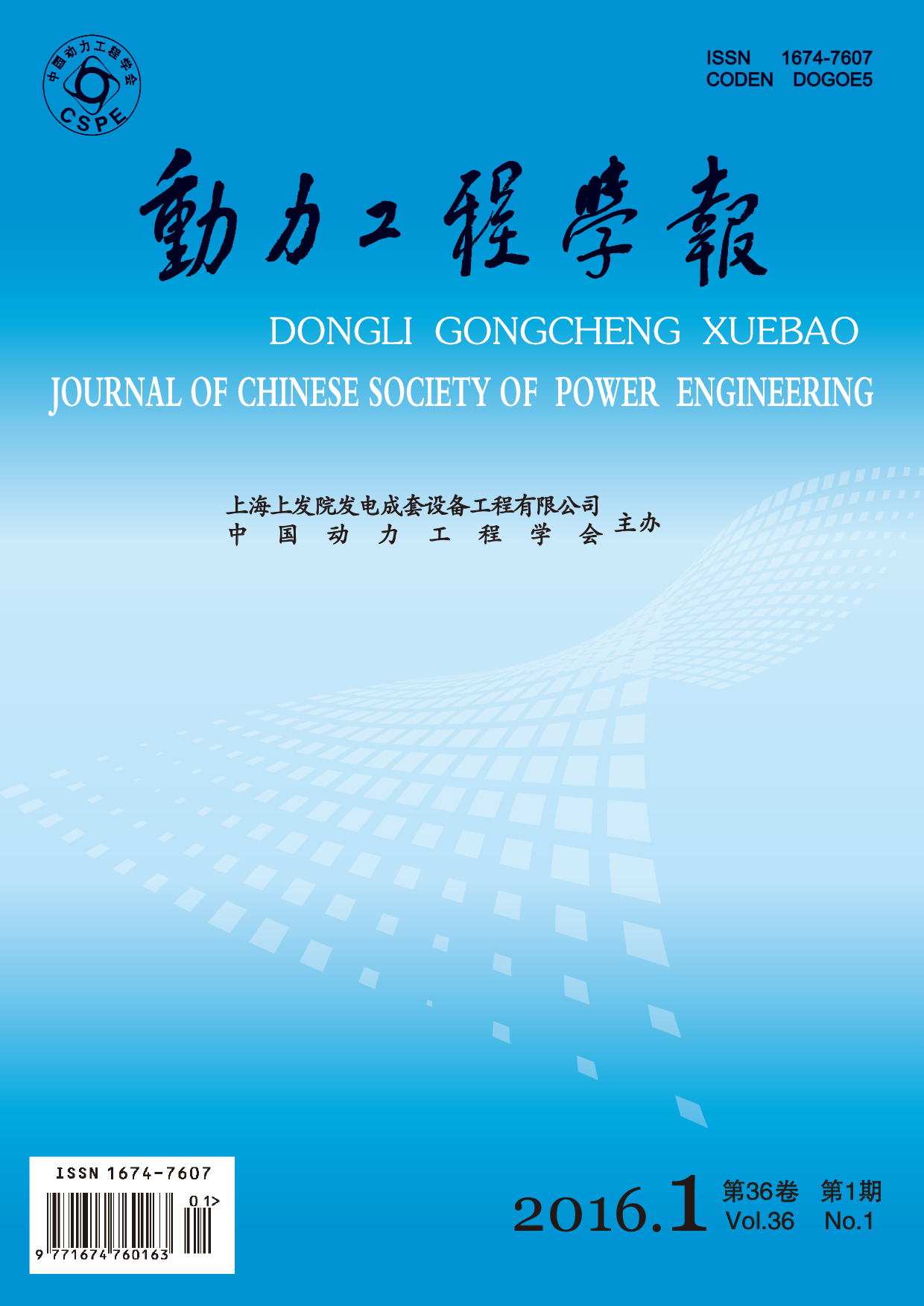ZHANG Xu, DOU Yikang, LIANG Bingbing
2016, 36(1): 74-78.
Using commercial software ABAUQS, a detailed three-dimensional finite element analysis was conducted to the loading process before breaking of SA335 P11 alloy steel for PWR main steam piping during fracture toughness test, so as to numerically analyze the toughness of standard CT specimens with and without side grooves, and to obtain the distribution and variation law of the plastic zone, stress field and local J integrals around the crack front. Meanwhile, a fracture toughness test was carried out to P11 alloy steel specimens with side grooves, and the load-displacement curves agreed well with those of finite element analysis, proving the numerical method to be effective. Based on both the finite element analysis and experimental tests, it has been found that for testing of ductile metals, the specimen with plane-sided structure is hard to get cracking, and the structure with side groove is believed to be a better choice, as it keeps providing high level of constraints around crack front, which makes the distribution of plastic zone dimension, local J integrals and the opening stress become more uniform, and therefore helps to optimize relevant test procedures.
